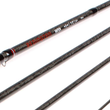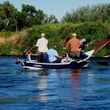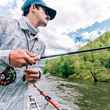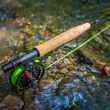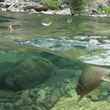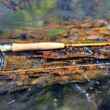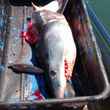When you're two miles in with thirty pounds on your back you realize two things. First, thirty pounds weighs more on the trail than it did in your dining room. Second, two miles on foot has no relationship whatsoever with two miles in any conveyance. You also realize that leaving behind the rod, reel and fly box just to save a pound or two may have been the wrong decision though that's an easy regret to have when faced with a startling green pool in a fast moving mountain river. Such regrets will evaporate twenty miles onward when the ounces crush your arches and leaden the spirit.
On a recent Friday evening, my son and I camped along the banks of the Housatonic River. The relatively short hike into the Ten Mile River campground allowed us a jump off point for an early start on Saturday. Sam has aspirations to do a thru hike of the Appalachian Trail after high school. He has read alluring tales of the AT penned by AWOL and Bryson and his mind has been captured with the epic adventure of it all. I figured a taste of the reality of an encumbered walk in the woods would provide data for a more informed decision. We planned to go north as far as we could muster. At a minimum we'd get to test out knees and muscles and equipment against a fine summer day or two on the AT.




